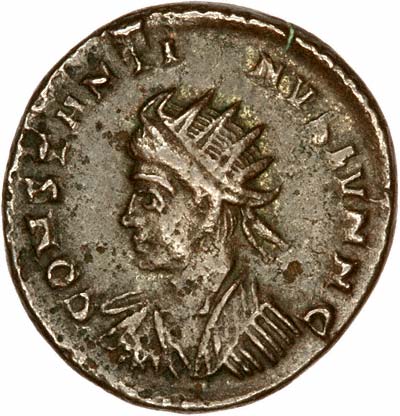
In this section the small images on the right are clickable and lead to pages with larger versions of the pictures. That the reused parts come from precisely these emperors is definitely not a coincidence. Many parts of the decorations of the Arch of Constantine are taken from other monuments erected by earlier emperors: Trajan, Hadrian and Marcus Aurelius, who were known already in the time of Constantine as the Good Emperors. In the following two sections the individual decorative elements are described in detail. The colours indicate the dating of the decorative elements.

Some of the older, reused parts have been changed to give the images of former emperors the semblance of Constantine.ĭiagram of the Arch of Constantine. The arch has parts from the reigns of Trajan, Hadrian, Marcus Aurelius and Constantine himself. The decorative elements on the monument are from different periods and are generally considered to be spolia, that is, parts taken from earlier monuments.

The different construction techniques might indicate different construction times for the two parts, as some theories argue. The lower part, the arches and supporting piers, is build of white marble in opus quadratum, while the attic is opus latericium covered with marble slabs. The central archway is 11.5m high and 6.5m wide, while the lateral archways are 7.4m×3.4m.Įight detached Corinthian columns, four on each side, stand on plinths on the sides of the archways. The Arch of Constantine is a three-way arch, measuring 21m in height, 25.7m in width and 7.4m in depth. The year of dedication is written on the arch itself: “Votis X”. The monument is not mentioned by any ancient source, but it is clearly identified by the inscription. Construction began immediately, and the arch was finished in a few years, to be consecrated in 315/316 CE on the tenth anniversary of Constantine’s rise to power. Maxentius perished while trying to flee across the Tiber River, as a temporary bridge made of boats collapsed under him and his troops.Ĭonstantine entered Rome victoriously, and the senate awarded him a triumphal arch. of Rome, when Constantine’s army defeated the numerically superior but less experienced troops of Maxentius.

The conflict was finally resolved in the battle of the Milvian Bridge just N. Likewise, Maxentius claimed the title of Augustus of the western empire. He had been proclaimed Augustus by the troops in Britain in 306 CE, after the death of his father in York, and even though he had no legal right to that title, he refused to relinquish it. The battle of the Milvian Bridge in 312 CE was the decisive moment in Constantine’s quest for power. The two others are the Arch of Titus and the Arch of Septimius Severus, both in the nearby Forum Romanum. The arch is the largest of only three such arches to survive in Rome today. The arch is located in the valley of the Colosseum, between the Palatine Hill and the Colosseum, along the road taken by the triumphal processions. The Arch of Constantine is a triumphal arch, erected c. 315 CE to commemorate the triumph of Constantine I after his victory over Maxentius in the battle at the Milvian Bridge in 312 CE.


 0 kommentar(er)
0 kommentar(er)
